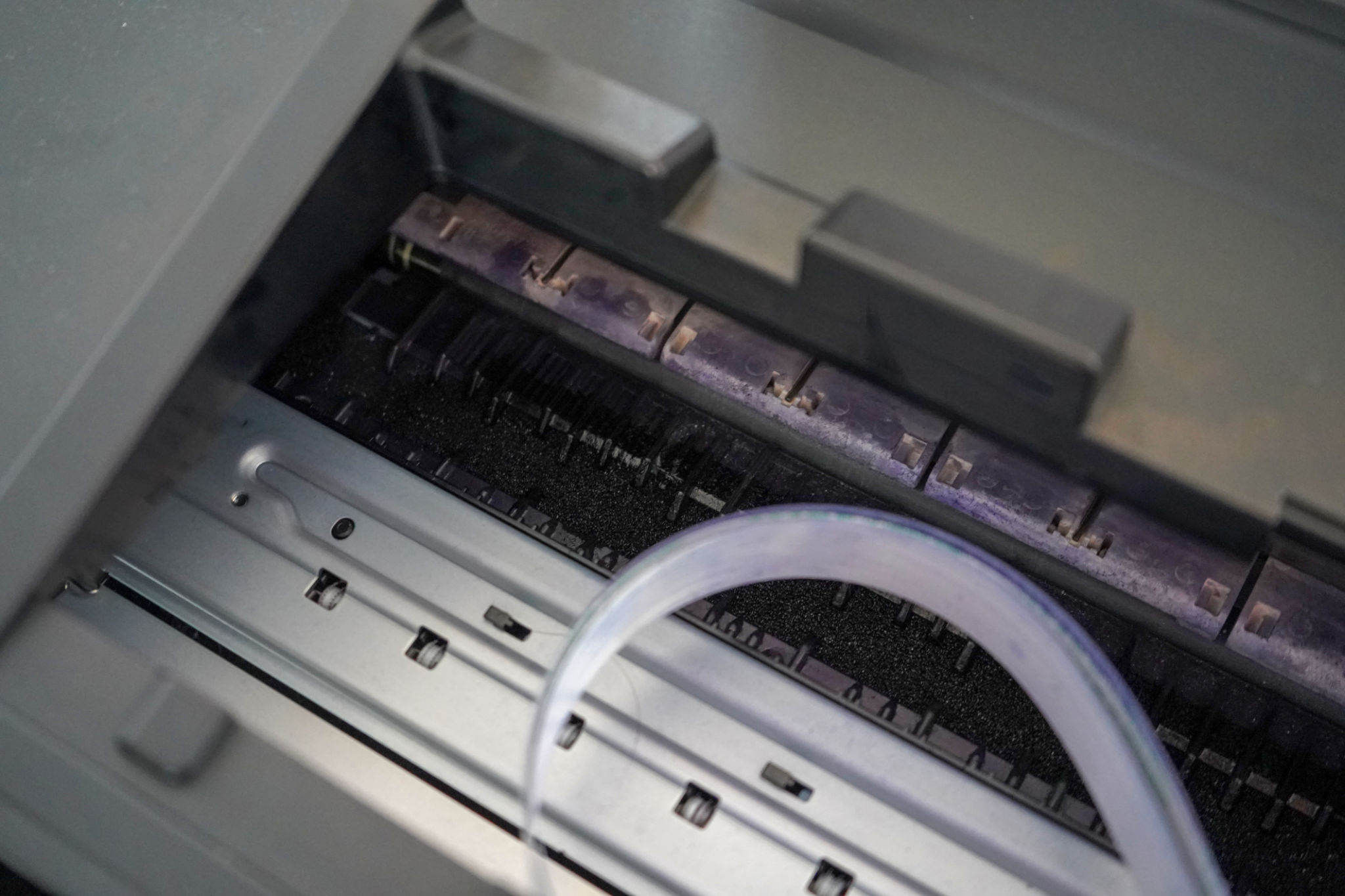How Does DTF Printing Work on Clothes: A Comprehensive Guide
Introduction to DTF Printing
Direct-to-Film (DTF) printing is revolutionizing the textile industry with its innovative approach to garment decoration. Unlike traditional methods, DTF provides a more versatile and cost-effective solution for creating vibrant, durable prints on a wide range of fabrics. But how exactly does this process work? In this comprehensive guide, we'll explore the ins and outs of DTF printing on clothes.

The Basics of DTF Printing
DTF printing involves transferring designs onto garments using a special film. The process begins with creating a digital image, which is then printed onto a film using water-based inks. This film acts as a carrier for the design, which will be eventually transferred to the fabric.
Once the design is printed on the film, a layer of adhesive powder is applied to the printed side. This adhesive ensures that the design adheres firmly to the fabric during the transfer process. After applying the adhesive, the film is passed through a curing oven, allowing the ink and adhesive to set properly before transfer.
Materials Required
To start with DTF printing, you need a few essential materials:
- DTF Printer
- Special DTF Film
- Water-based Inks
- Adhesive Powder
- Heat Press Machine

The Printing Process
The DTF printing process begins by loading the printer with the special DTF film. The design is printed in reverse, so when transferred, it appears correctly on the garment. After printing, the adhesive powder is applied evenly over the wet ink on the film.
The film then goes through a curing process where heat is applied to fix the ink and adhesive. This step is crucial as it ensures that the design will adhere correctly during the heat transfer process.
Transferring the Design
Once cured, the film is ready for transfer. The garment is placed on a heat press machine, and the film is positioned on top of it with the printed side facing down. The heat press applies both heat and pressure, which transfers the design from the film to the fabric.
After pressing for the specified time, usually around 15-20 seconds at 160-180°C (320-356°F), the garment is allowed to cool before peeling off the film. This cooling period ensures that the design doesn't distort and adheres perfectly to the fabric.

Benefits of DTF Printing
DTF printing offers several advantages over traditional screen printing and other methods:
- Versatility: Suitable for various fabrics, including cotton, polyester, and blends.
- Cost-effective: Ideal for small batches or custom designs without high setup costs.
- Durability: Produces long-lasting prints that withstand multiple washes.
- Vibrancy: Capable of producing bright and vivid colors.
Applications of DTF Printing
DTF printing is not just limited to t-shirts; it is increasingly used for other garments like hoodies, caps, and even tote bags. Its ability to print on diverse fabrics makes it a popular choice for fashion designers and businesses seeking customization options.

Conclusion
In conclusion, DTF printing is a game-changer in the textile industry, offering flexibility, cost-efficiency, and excellent print quality. As technology advances, it's likely that we'll see even more innovative applications for this method. Whether you're a business looking to expand your product offerings or an individual interested in custom apparel, understanding how DTF printing works can open up a world of creative possibilities.